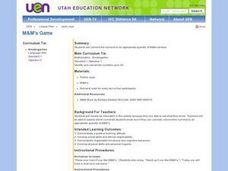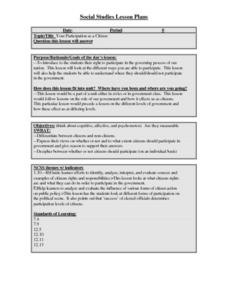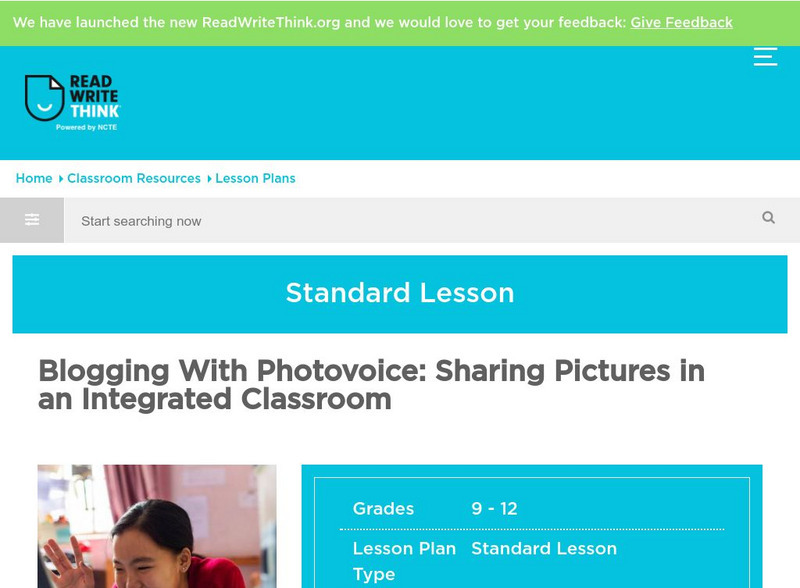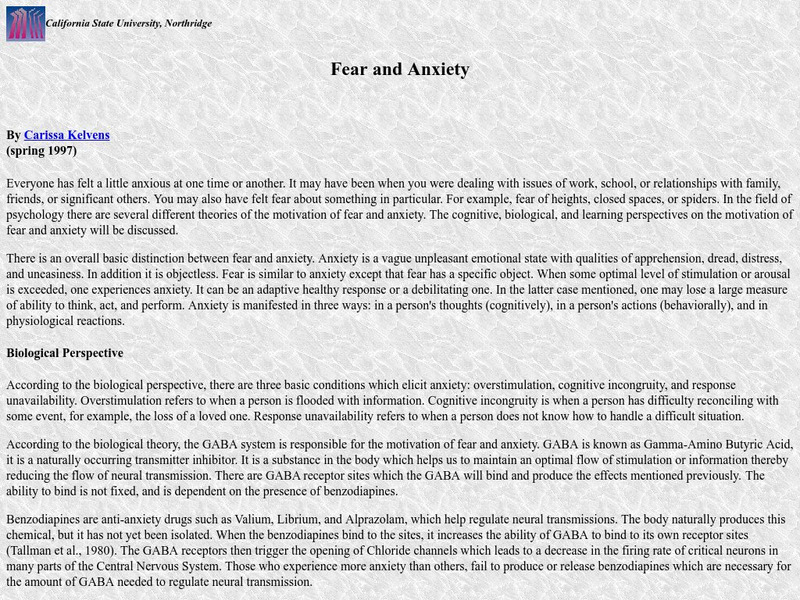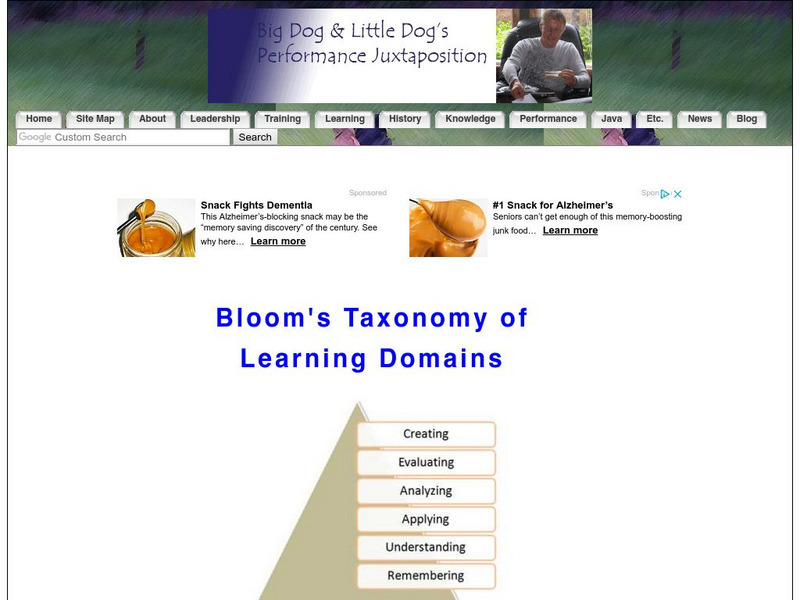Curated OER
Science: Exploration Tubs
First graders develop skills of scientific inquiry. They determine which objects float and which sink.
Curated OER
Generating and Recording Data
Students demonstrate their ability to collect, organize, and display data. They examine everyday objects that can be turned into a function machine for the lesson. They use colored fish to help them organize their data.
Curated OER
M&M's Game
Students connect a number to an appropriate quantity of M&M candies. They identify and use whole numbers.
Curated OER
Revolutionary Women Portraits: Finding and Viewing New Perspectives
Students identify and analyze portraits of Revolutionary-era women. Creating a concept web, they record the actions by women during the war to be made into a chart and timeline. They discuss the cultural and social expectations of women...
Curated OER
Show and Teach
Second graders write "how to" sequences for tasks so that another person can follow the sequence to perform the action. They write a "show and teach" once a month for evaluation.
Curated OER
Art: Mirror Of History
Students show through art how major human events have changed American Culture. Students write in a journal to keep track of studying that is done during the unit. They also create an oral report.
Curated OER
Coming to America
Students read one book together about the immigrant experience. Teacher asks students to identify some of the themes around immigration contained in the book (example: prejudice).
Curated OER
Understanding Self and Others
Learners investigate other people's perceptions and interpretations of the world. They write a letter, taking into account another's historical point of view. The students also compare and contrast differing points of view through...
Curated OER
Are You Being Poisoned by Your Dishes?
Students explore lead poisoning and how it relates to ceramic dishes. They perform an experiment to discover if any of your ceramic ware is leaching lead which might cause lead poisoning.
Curated OER
Lead Poisoning and Ceramic Dishes
Learners explore the amount of lead in ceramic plates through an experiment. Students determine if everyday dishware is leaching lead into food. They chart their results and discuss how much lead in ceramic dishware may cause lead...
Curated OER
Your Participation as a Citizen
Learners investigate their right to participate in the governing process of our nation. They look ast the different ways they are able to participate. They define citizenship, and decipher between whether or not citizens should...
Curated OER
Mitosis
Seventh graders describe the stages of mitosis. In this biology lesson, 7th graders explain the importance of cell division. They complete an activity packet at the end of the lesson.
Curated OER
Multiple Intelligences and Holistic Models
Tenth graders identify different genres of literature and the characteristics which identify each genre. They identify which genres best suit their interests, read a novel and perform a skit from the novel or present original artwork...
York University
Classics in the History of Psychology: Cognitive Maps in Rats and Men
A Classic Psychological work by Edward Tolman from 1948. His experiments with rats led to discussion of cognitive maps in man.
ReadWriteThink
Read Write Think: Blogging With Photovoice: Sharing Pictures in Integrated Class
Photovoice is a technique that has participants take photos in response to a prompt, reflect on the meaning behind three of their photos, and share the photos to find common themes. It is an ideal strategy for all forms of classrooms,...
California State University
California State University: Fear and Anxiety
This California State University student research paper looks into the reasons that we feel fear and anxiety in our lives. It tackles the biological reasons and different psychological theories.
Donald Clark
Bloom's Taxonomy of Learning Domains
This article--in text and charts--explains the three learning domains devised by Benjamin Bloom.


